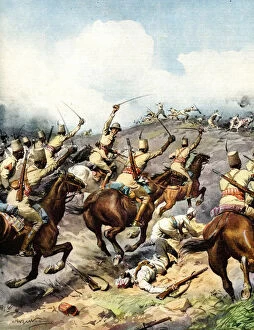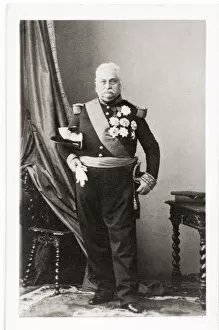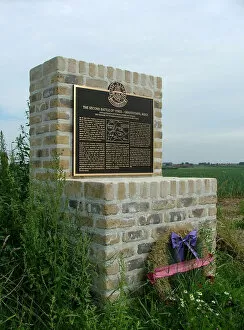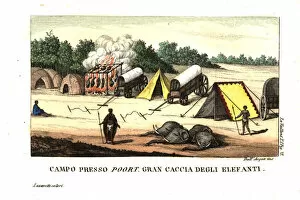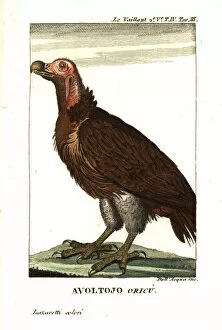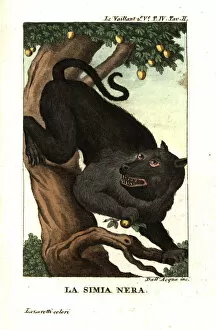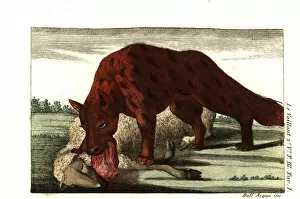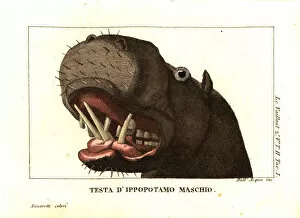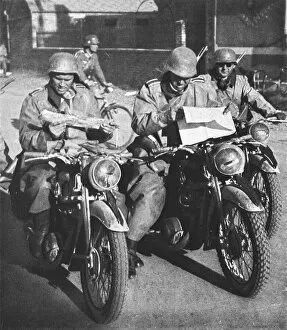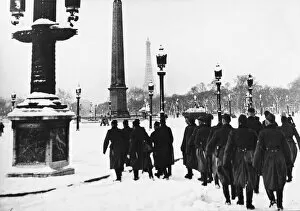Second Collection (page 2)
"Embracing the Power of Second: From Search And Destroy to Barnardo Evacuees at Comlongon Castle, Dumfries" In a world marked by resilience and reinvention
All Professionally Made to Order for Quick Shipping
"Embracing the Power of Second: From Search And Destroy to Barnardo Evacuees at Comlongon Castle, Dumfries" In a world marked by resilience and reinvention, the concept of "second" takes center stage. From wartime strategies like Search And Destroy to heartwarming tales of Barnardo Evacuees finding solace at Comlongon Castle in Dumfries, we witness the triumphs born out chances. During WWII, patriotic fervor was ignited through powerful posters that rallied nations together. The iconic image on display is a testament to unity and determination - reminding us that sometimes it's the second attempt that leads to victory. As we delve into history, we stumble upon treasures like the title-page of Thomas Paine's pamphlet Common Sense. This very copy owned by John Adams serves as a reminder that even revolutionary ideas can find their footing in their second edition. Anthony Payne, known as The Cornish Giant, immortalized by Sir Godfrey Kneller's brushstrokes reminds us that greatness often comes from unexpected places. His towering presence challenges preconceived notions and proves that being second doesn't mean being any less extraordinary. The Queens Diamond Jubilee Parade and Muster at Windsor Castle showcases how moments steeped in tradition can be reimagined with grandeur for the modern era. It teaches us that embracing change allows for an even more majestic spectacle during this historic celebration. Nature too has its own stories woven within seconds; Phalcoboenus australis or striated caracara soars high above lands once dominated by German Eagles. In these skies where power shifts between species, nature shows us how adaptability ensures survival against all odds. Jerusalem's Via Dolorosa with the Arch of Ecce Homo invites reflection on faith and redemption.

